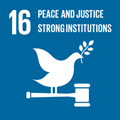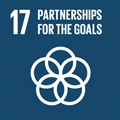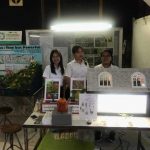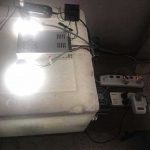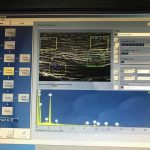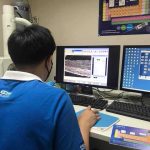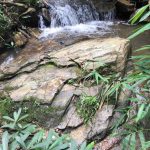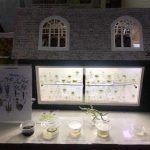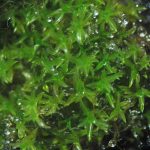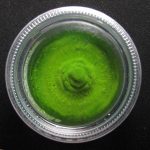Warning: sort() expects at least 1 parameter, 0 given in /var/www/html/na/sdgs/wp-content/themes/wp-bootstrap-starter-child-master/functions.php on line 77
Warning: Use of undefined constant console - assumed 'console' (this will throw an Error in a future version of PHP) in /var/www/html/na/sdgs/wp-content/themes/wp-bootstrap-starter-child-master/functions.php on line 78
Warning: log() expects parameter 1 to be float, string given in /var/www/html/na/sdgs/wp-content/themes/wp-bootstrap-starter-child-master/functions.php on line 78
| Subjects | Details | ||||||||
|
Research Project/ Project/Activities/Events |
Heavy metal accumulation and copper localization in Scopelophila cataractae in Thailand | ||||||||
| Project managers |
1.Associate Professor Dr. Weeradej Meeinkuirt 2.Dr. Narin Printarakul |
||||||||
| Statement problems | Plant biodiversity is critical for understanding the ecosystem’s and environment’s status. Thailand is located in the tropic zone, which has a diverse range of biota. Bryophyte taxa are used as a crucial bioindicator in the forest, meaning they can show the impacts of pollution in many media such as air, soil, and water. However, there is a scarcity of knowledge about bryophyte biology and diversity in Thailand’s diverse settings. This could be due to a scarcity of bryophyte taxonomists. Scopelophila cataractae, or so-called rare copper (Cu) moss, is an endangered and rare bryophyte taxon that is also a hyperaccumulator for Cu since this moss species accumulate substantial Cu concentration in gametophyte tissue. This moss species, which grows on the trunks of Mastixia euonymoides, has only been found once in the Doi-Intanon National Park, at a height of around 1700 meters. S. cataractae was recently identified in a waterfall ecosystem in Doi Suthep-Pui National Park, Thailand, marking the first investigation in this area. This moss species can assist assess the pollution situation in the stream outflow area, which is currently surrounded by anthropogenic activity. Many more bryophyte species need to be investigated since they can provide a more exact and accurate assessment of anthropogenic contamination in the study site. Chemical profiles, such as heavy metal concentrations in bryophyte tissues and substrates, must be assessed to some extent since they serve as a baseline data for bryophytes in waterfall ecosystems that are altered by anthropogenic activity. | ||||||||
| Area of Studies/ Area of Activities | Field survey in Doi Suthep-Pui National Park, as well as laboratory-based investigations to determine heavy metal concentration and localization in plant cells | ||||||||
| Objectives |
1.To identify bryophyte taxa in a waterfall ecosystem 2.To determine heavy metal concentrations in bryophyte tissues and substrates 3.To study the relationship between bryophyte community and environmental factors |
||||||||
| Years | 2020 | ||||||||
| Project/Activity Duration | June 1, 2018 – June 30, 2020 | ||||||||
| Levels of Collaboration | University and government agency level | ||||||||
| Collaborative organization |
Chiang Mai University Department of National Parks, Wildlife and Plant Conservation of Thailand |
||||||||
|
Project approaches/ Activity approaches |
1.Field surveys 2.Laboratory works |
||||||||
| Target groups | – | ||||||||
| Numbers of Participants | – | ||||||||
| Outputs/Outcomes |
1.The goal of this study is to acquire the first report on a bryophyte community in a waterfall ecosystem in Chiang Mai, Thailand’s Doi Suthep-Pui National Park 2.To obtain a bryophyte taxon that may be used as a bioindicator to assess pollution caused by anthropogenic activities in the National Park 3.To restore and safeguard the endangered and rare bryophyte taxon in the National Park |
||||||||
| Web link | https://doi.org/10.1007/s00128-021-03246-z | ||||||||
| Pictures/Images |
|
||||||||
| SDGs goals | Goal 9 : Industry, innovation and infrastructure Goal 13 : Climate action Goal 14 : Life below water Goal 15 : Life on land Goal 17 : Partnerships for the goals |















